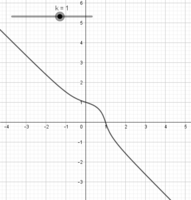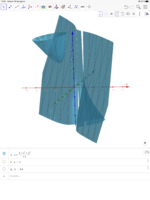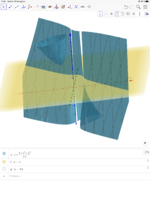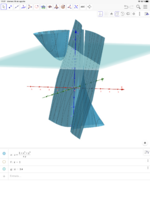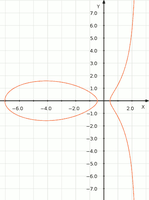I have been playing with x^3+ k xy +y^3 =1 for different values of k using a graph plotter.
So for k=1, i get this:
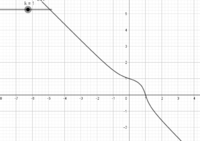
Interestingly when k=3, i get something which looks like a straight line!
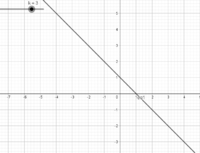
Infact, i differentiated it and got dy/dx = -(x^2+y)/(x+y^2)
At (1,0) and (2,-1) it gives the same gradient of -1 so the equation is x+y=1.
1. So is it a line everywhere or just locally? - Thats my first question.
And then something weird starts to happen just as i go above k=3,
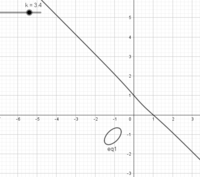
So thinking about the gradient at (-1,-1) for k=3, i get dy/dx=0/0, so is there something there at that point or not? Beyond k=3 i get something near (-1,-1) as above but where is it on k=3?
This is where i am stuck!
So for k=1, i get this:

Interestingly when k=3, i get something which looks like a straight line!

Infact, i differentiated it and got dy/dx = -(x^2+y)/(x+y^2)
At (1,0) and (2,-1) it gives the same gradient of -1 so the equation is x+y=1.
1. So is it a line everywhere or just locally? - Thats my first question.
And then something weird starts to happen just as i go above k=3,

So thinking about the gradient at (-1,-1) for k=3, i get dy/dx=0/0, so is there something there at that point or not? Beyond k=3 i get something near (-1,-1) as above but where is it on k=3?
This is where i am stuck!

